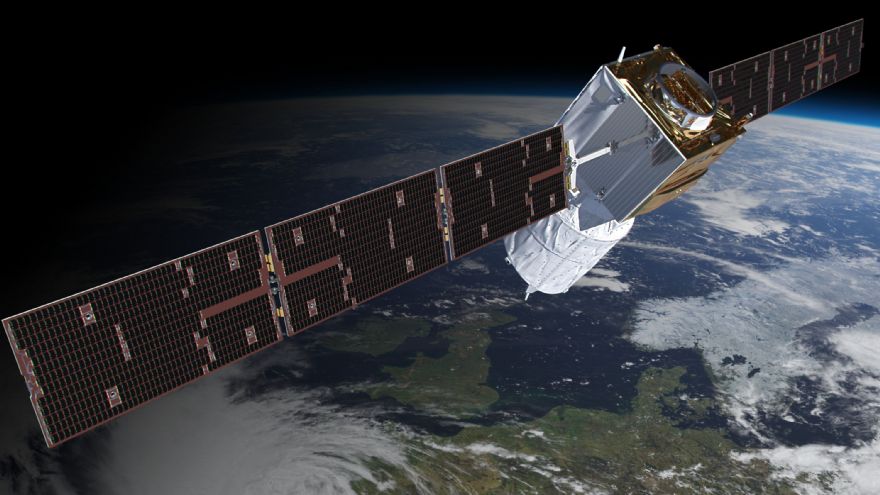
Chelmsford-based
Teledyne e2v, part of the Teledyne Imaging Group and a Teledyne Technologies company, has been contracted by the European Space Agency (ESA) to develop an improved version of the previously supplied CCD69 detector (launched in August 2018).
Based on the experience and data available from the ESA Aeolus mission, designed to acquire profiles of Earth’s wind on a global scale using the first Doppler Wind Lidar in space, Teledyne e2v will further enhance the performance and sensitivity of the ultraviolet detector that could ultimately be deployed in the next-generation space-based Doppler Wind Lidar instruments.
Speaking at the Appleton Space Conference in December 2020, Anne Grete Straume-Linder, Aeolus’s mission scientist at ESA, said: “The Aeolus wind observations have had a significant positive impact on weather forecasts and are used by several weather centres today.
“This has led to an interest by EUMETSAT and ESA member states for a possible future operational Doppler Wind Lidar Meteorological mission. Phase A/B1 instrument activities and Phase A operations and ground segment activities are therefore ongoing at ESA and EUMETSAT.
Aeolus’s ALADIN instrument, the first satellite mission to provide profiles of Earth’s winds, works by emitting an ultraviolet laser beam through the Earth’s atmosphere and measuring the reflected return signal from air molecules and particles (aerosols and hydrometeors) in the atmosphere.
Teledyne e2v, in collaboration with Airbus Defence & Space and ESA, developed a detector that simultaneously measures the travel time and Doppler-shift of the returned ultraviolet laser pulse to resolve the atmospheric wind speed at different altitudes along the instrument line-of sight.
Aeolus’s data is being distributed publicly to forecasting services and scientific users across the world within 3hr of sensing; it is used in the daily forecasts of several European weather centres and in particular the UK’s Met Office.